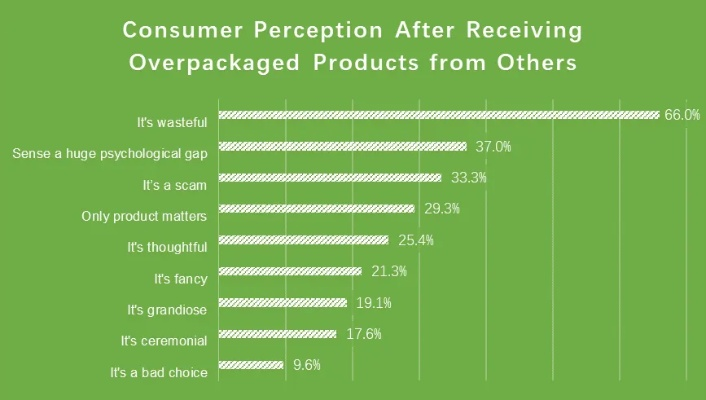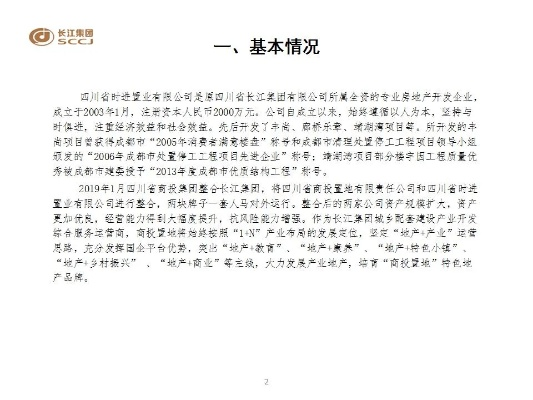Navigating the World of Textile Testing:A Comprehensive Guide
"Navigating the World of Textile Testing: A Comprehensive Guide" is a comprehensive resource for individuals interested in textile testing. The guide provides an overview of the different types of tests that can be conducted on textile materials, including mechanical properties, colorfastness, and flame resistance. It also covers the various techniques used to perform these tests, such as tensile testing, dye uptake testing, and flame retardancy testing. Additionally, the guide discusses the importance of selecting appropriate testing methods based on the specific requirements of the textile product being tested. Overall, this guide provides a valuable resource for anyone seeking to understand and improve the quality of textile products through proper testing procedures.
Introduction: The textile industry is a vital sector in many countries, contributing significantly to economic growth and job creation. However, with increased competition and consumer demands, it's crucial for manufacturers to ensure their products meet stringent quality standards. This guide will provide you with an overview of the various methods used to test textiles, including internationally recognized testing protocols like ASTM, ISO, and CEN. We'll also delve into the benefits of testing and how it can help businesses stay ahead in the market.
Part 1: What Are Textile Testing Methods? Textile testing methods are designed to evaluate the physical properties, chemical stability, and functional performance of textile materials. They include but are not limited to:
- Physical Properties Testing: These tests measure the strength, flexibility, and durability of textiles. Examples include tensile strength, elongation at break, and tear resistance.
- Chemical Stability Testing: This involves evaluating the resistance of textiles to chemicals, solvents, and other environmental factors. Examples include acid, base, and salt resistance tests.
- Functional Performance Testing: These tests assess the functionality of textiles, such as comfort, breathability, and moisture management. Examples include sweat management and air permeability tests.
Part 2: International Standards for Textile Testing International standards play a critical role in ensuring uniformity and accuracy in textile testing. Some of the most widely recognized standards include:
- ASTM (American Society for Testing and Materials): Offers a comprehensive range of textile testing standards, including tensile testing, elongation, and tear resistance.
- ISO (International Organization for Standardization): Has a significant influence on global textile standards, particularly in Europe and North America.
- CEN (Central European Normalization Organization): Provides standards for the EU member states, which are widely adopted globally.
Part 3: Benefits of Textile Testing Testing provides several benefits for both manufacturers and consumers. For manufacturers, it helps identify potential issues early on, preventing costly product recalls or lawsuits. It also allows them to fine-tune their production processes, leading to improved quality and efficiency. For consumers, knowing the quality of a textile product can enhance their confidence in purchasing decisions.

Part 4: Case Studies Let's take a closer look at two real-world examples of textile testing:
Case Study 1: The Importance of Tear Resistance Testing for a Fashion Brand A fashion brand wanted to launch a new collection of high-end dresses that were supposed to be incredibly durable. To ensure they met the necessary standards, they conducted tear resistance tests on samples from different suppliers. By selecting suppliers who passed these tests, the brand was able to guarantee its customers that their dresses would withstand even the most demanding wear and tear.
Case Study 2: The Impact of Chemical Resistance Testing on a Home Appliance Manufacturer A home appliance manufacturer faced challenges with their latest washing machine model due to poor chemical resistance. They decided to conduct a series of chemical resistance tests on their product before launching it. These tests helped them identify the specific chemicals causing the problem and develop a solution to address it. As a result, the company was able to improve the product's performance and customer satisfaction.

Conclusion: Textile testing is an essential part of the manufacturing process that ensures products meet the highest standards of quality and durability. By understanding the different types of testing methods and the benefits they offer, companies can make informed decisions about their testing strategies. In today's competitive market, investing in thorough textile testing can be the difference between success and failure.
Articles related to the knowledge points of this article:
The Evolution and Innovation of Chisen Textiles:A Journey Through Time



